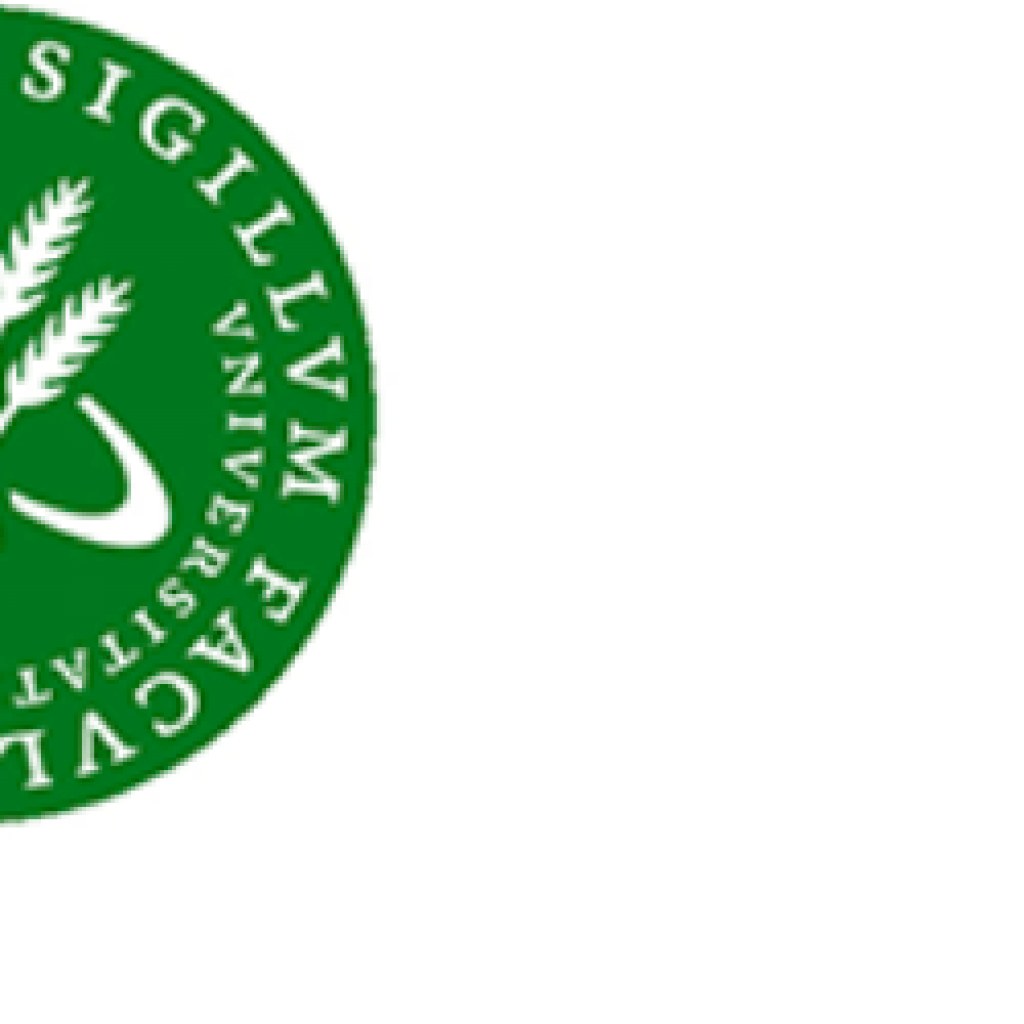(Phys.org) Researchers at the Microsoft Quantum Materials Lab and the University of Copenhagen, working closely together, have succeeded in realizing an important and promising material for use in a future quantum computer. For this end, the researchers have to create materials that hold the delicate quantum information and protect it from decoherence.
Topological states in condensed-matter systems have generated immense excitement and activity in the last decade, including the 2016 Nobel Prize in Physics. The new results report a key signature of topological superconductivity, but now in the absence of an applied magnetic field.
Professor Charles Marcus explains the progress this way: “The combination of three components into a single crystal—semiconductor, superconductor, ferromagnetic insulator—a triple hybrid—is new. It’s great news that it forms a topological superconductor at low temperature. This gives us a new path to making components for topological quantum computing, and gives physicists a new physical system to explore.”
The next step will be to apply these results in order to get closer to realizing the actual working qubit. So far the researchers have worked on the physics and now they are about to embark on engineering an actual device.
Collaboration by Researchers at Microsoft & UofCopenhagen Yields Promising Material for Quantum Computing
